Cyanotype Printing.
Cyanotype Printing.
This is a photographic printing process that produces a cyan blue print that uses two chemicals- ferric ammonium citrate and potassium ferricyanide. To do this you use a mildly photosensitive solution which is applied to a receptive surface like paper or cloth which need to be dried in a dark place. Water colour paper is a good medium to print on but cotton and wool also work too. Any surface can be printed on if they're capable of soaking up the iron solution. You should be taking care to not degrade the image over time as of the alkaline-buffered papers.
This technique was used in the 20th century as a low cost and simple way to make copies off drawings- blue prints! This was developed in 1842 by Sir John Herschel an English scientist and Astronomer. However, many contemporary artist used the process in their art for example Christian Marclay, Marco Breur and Kate Cordsen.
I learnt that a positive cyanotype image can be made by exposing it to a source of ultraviolet light as a contact through the negative or objects. To do this you can use sunlight where on a normal cloudy but still sun coming through, would take about thirty minutes for a positive cyanotype print and in unnatural Uv light like a lamp it will only take fifteen minutes.
Workshop and information by Hermione Thompson.
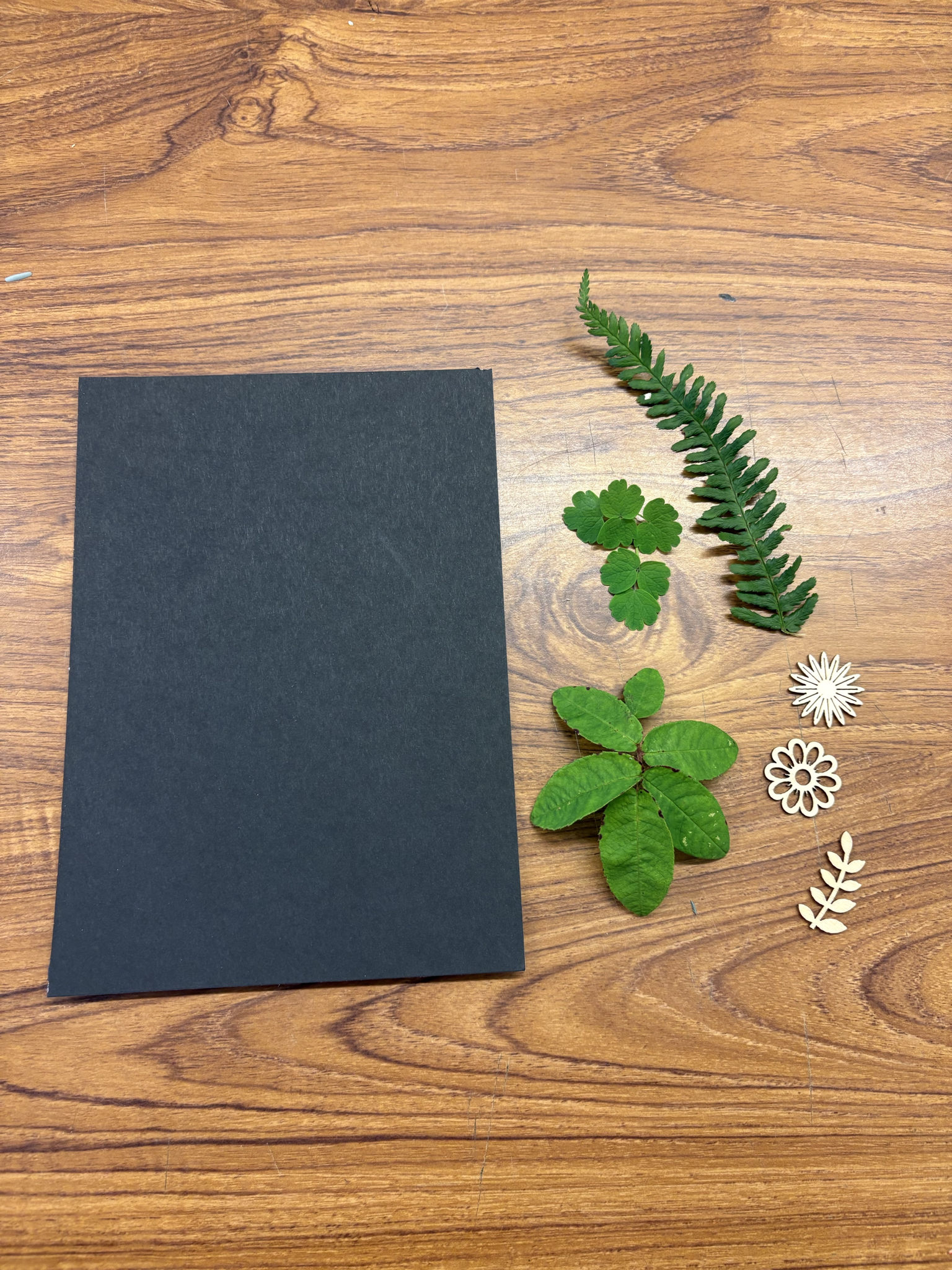
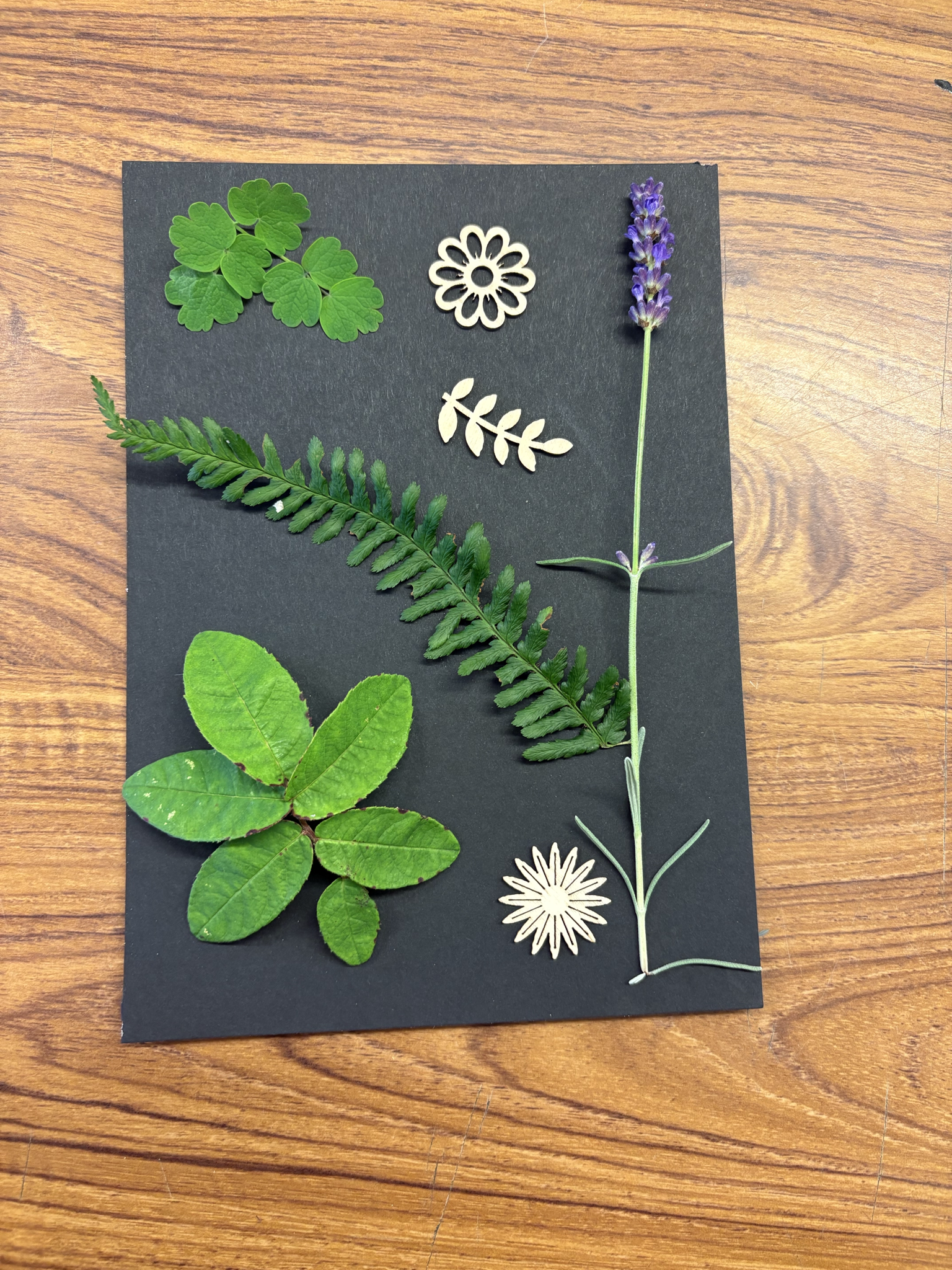
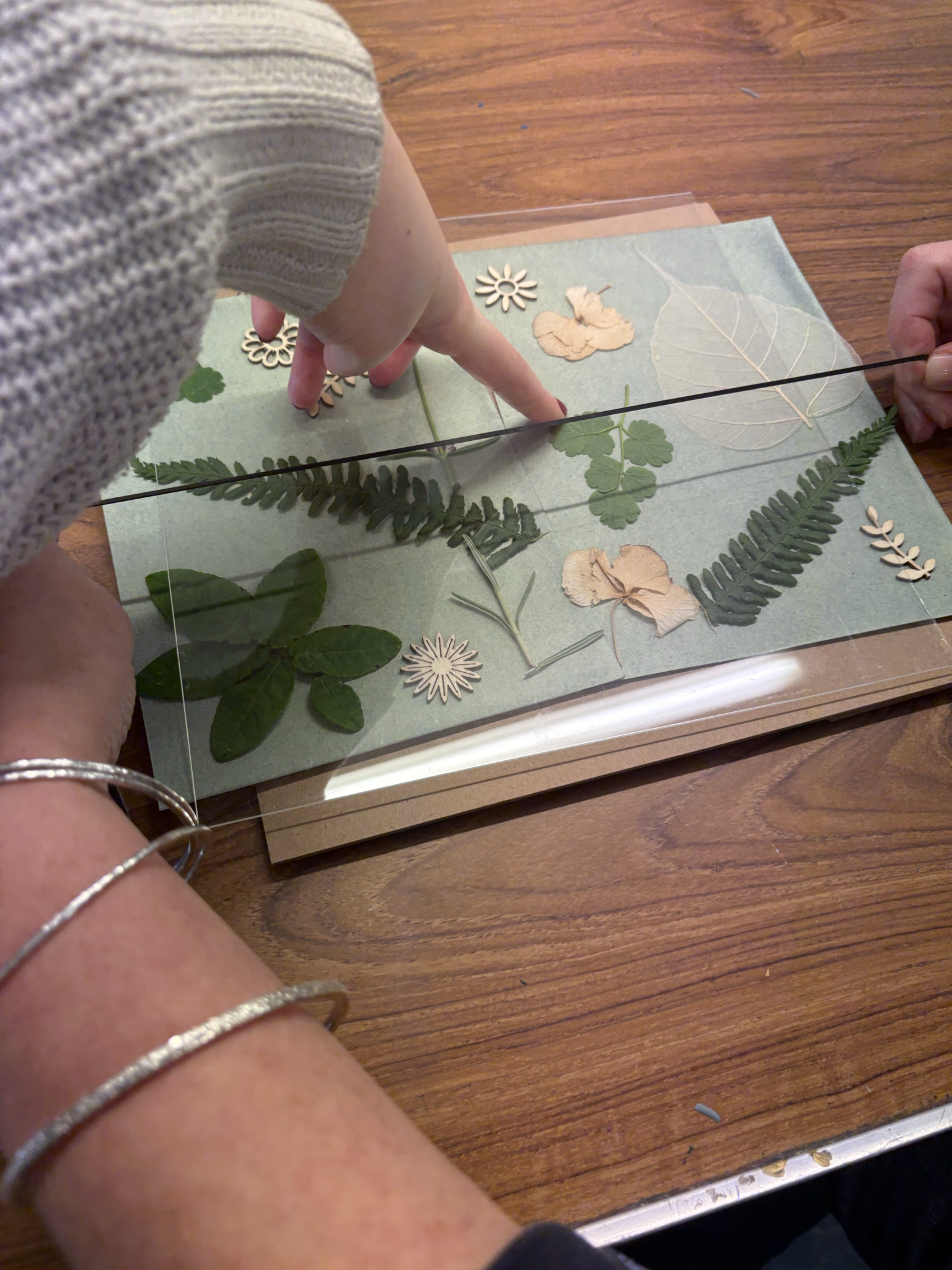
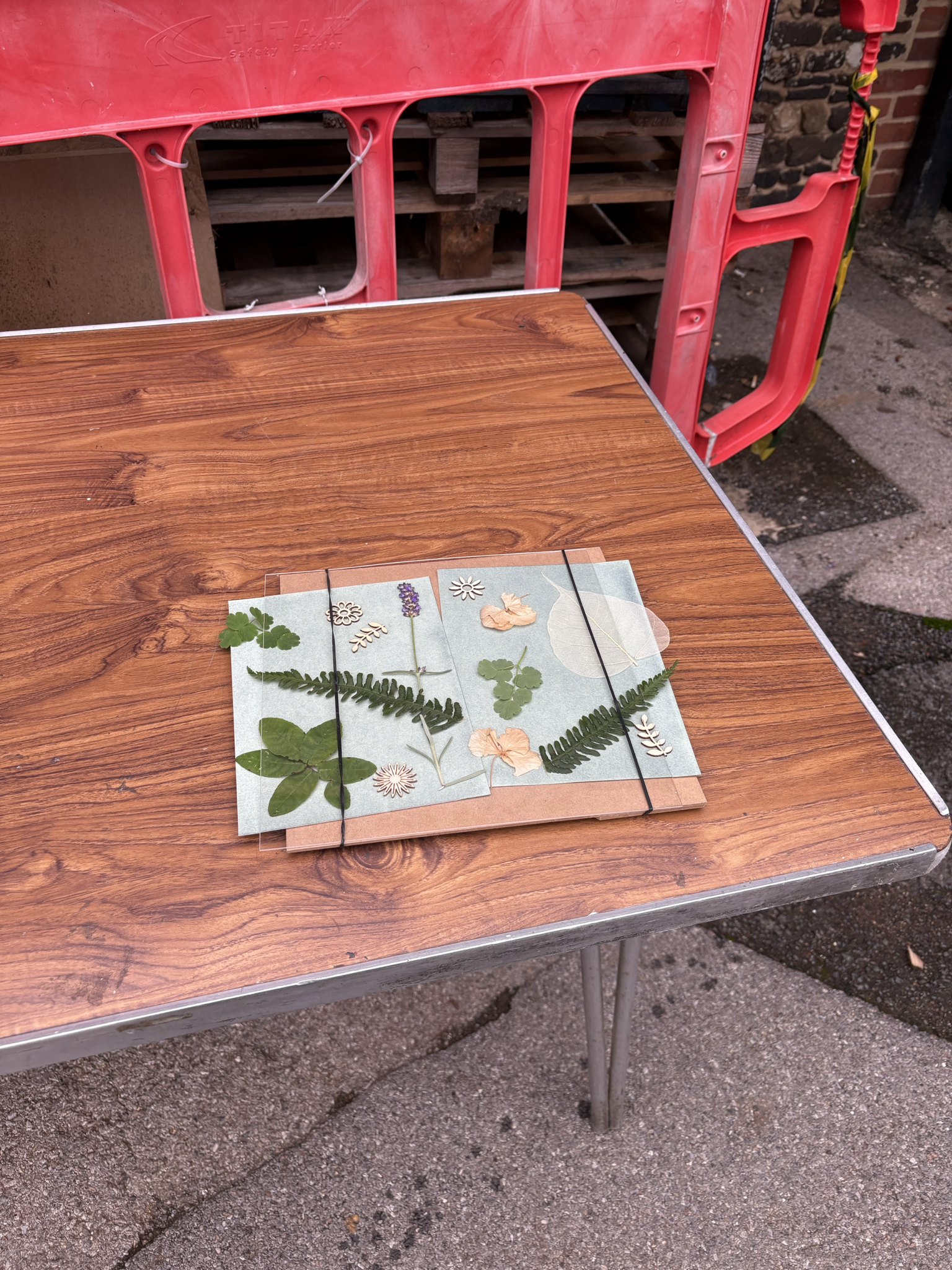
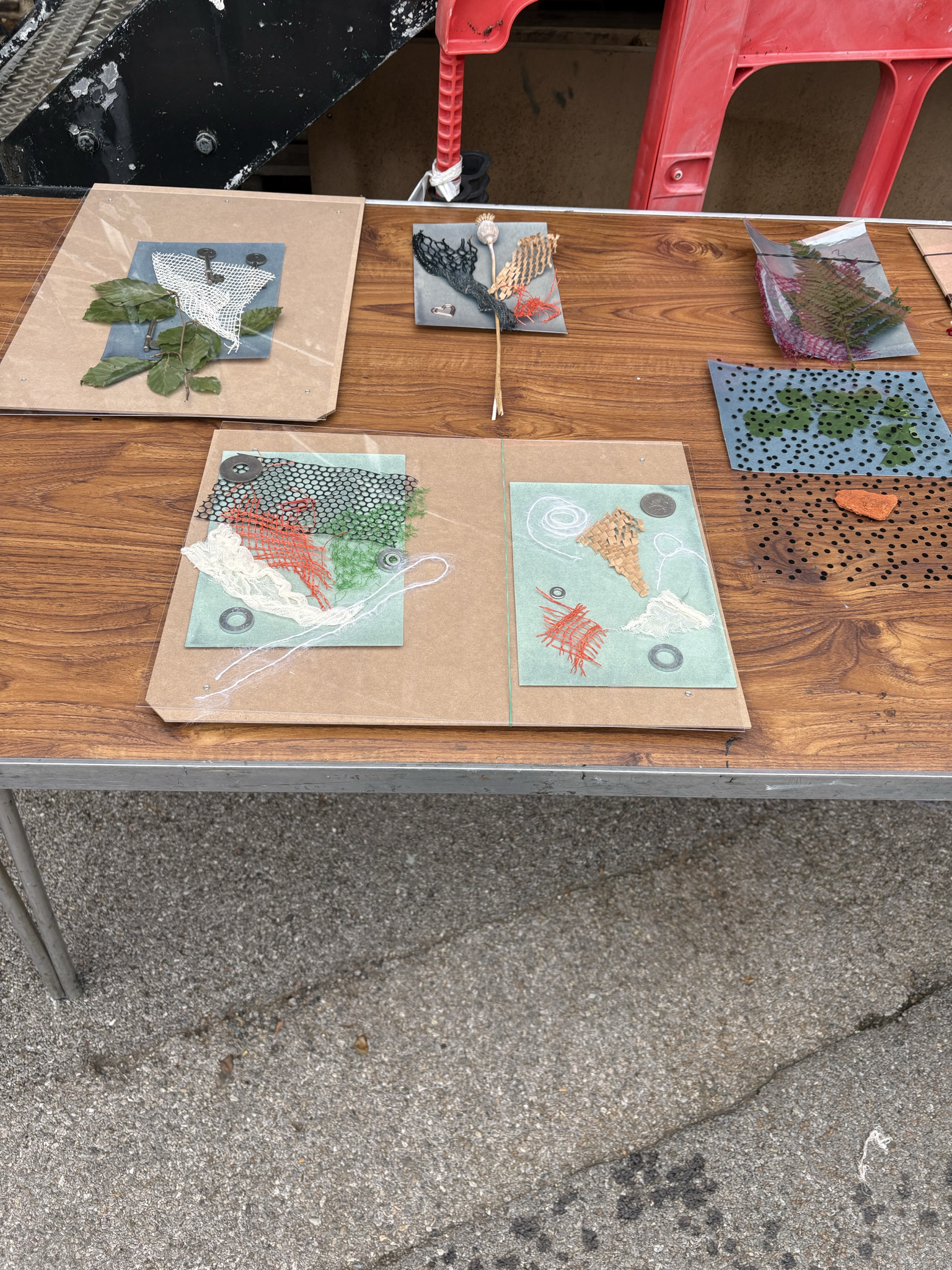
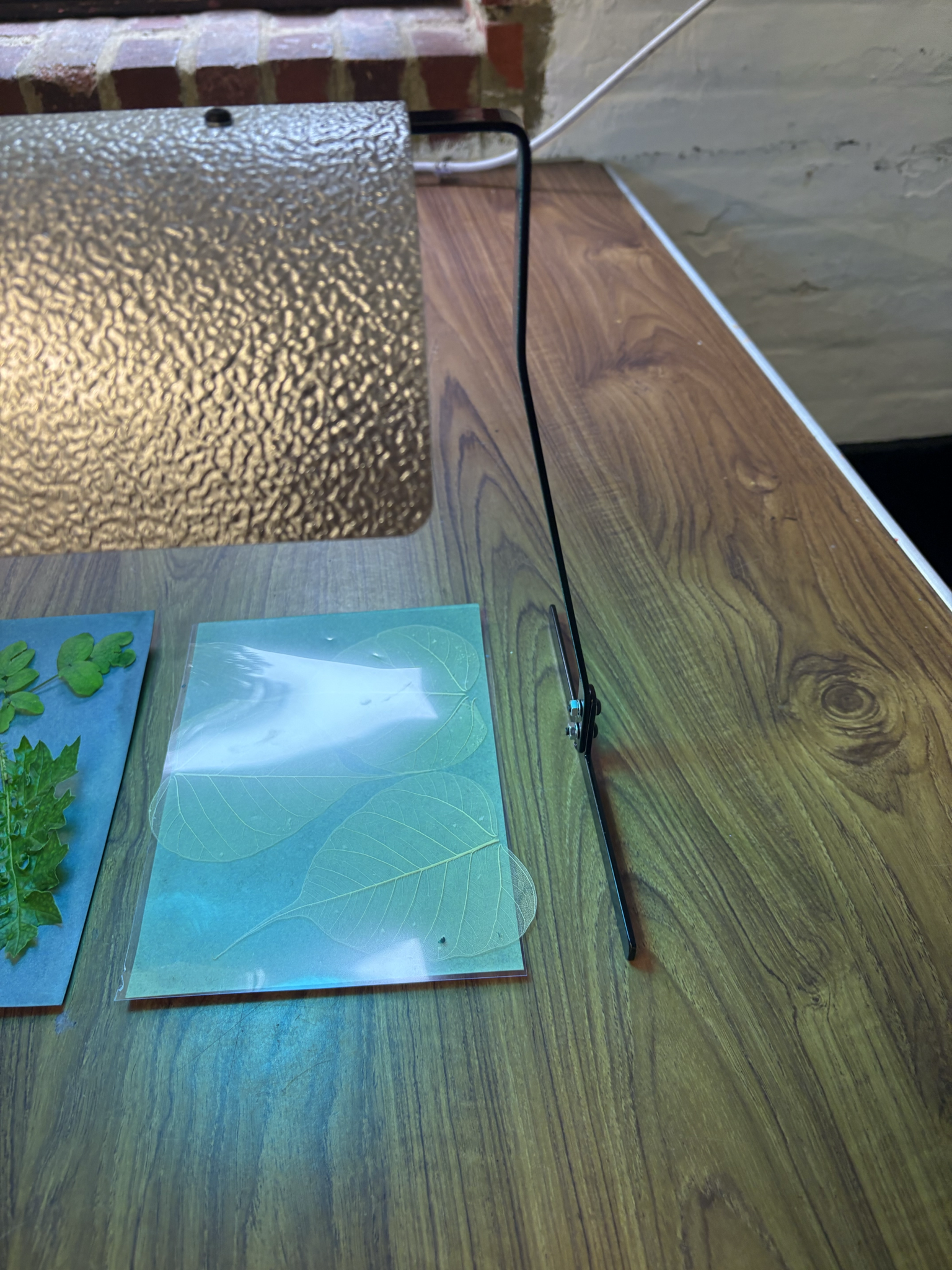
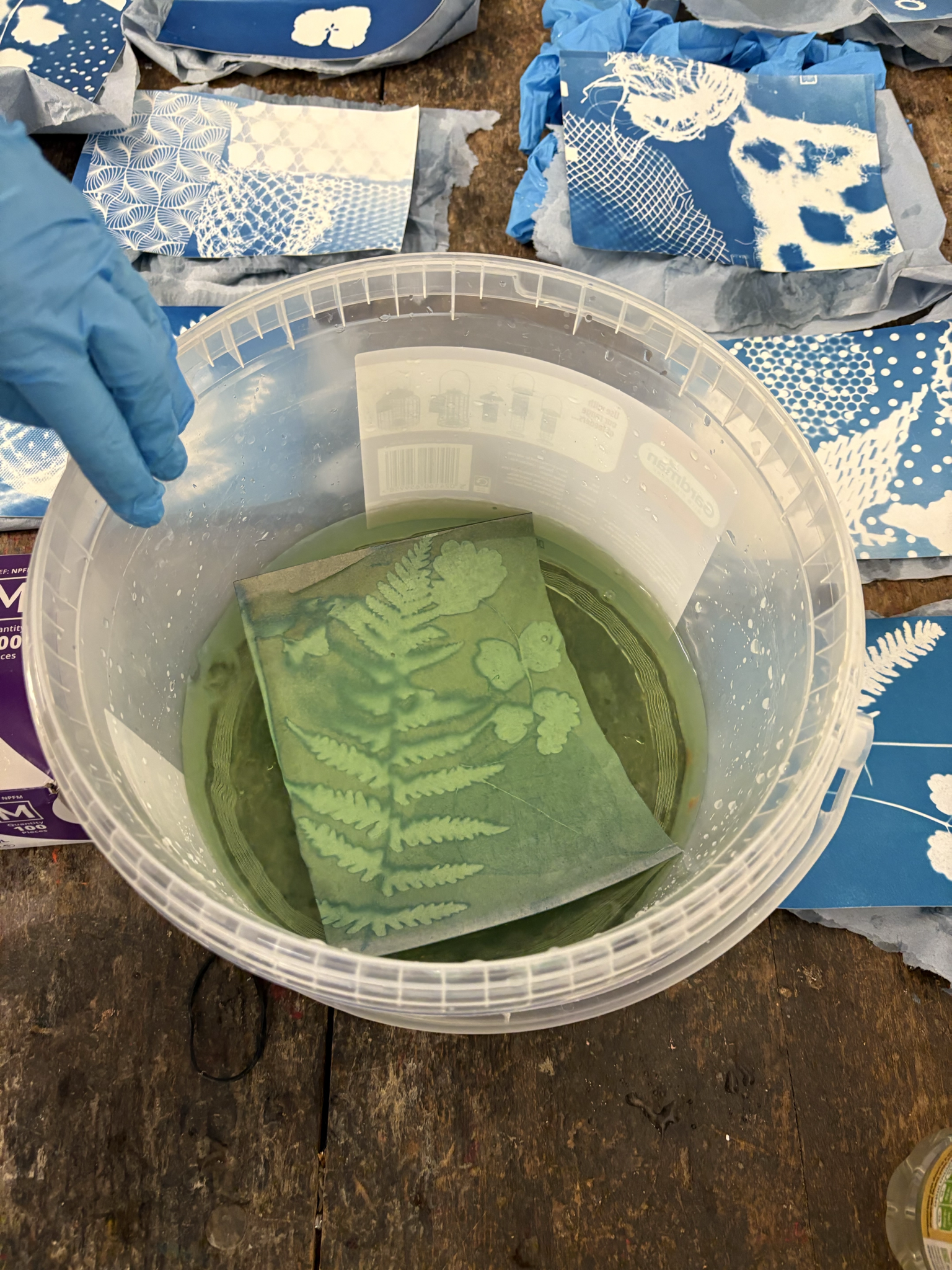
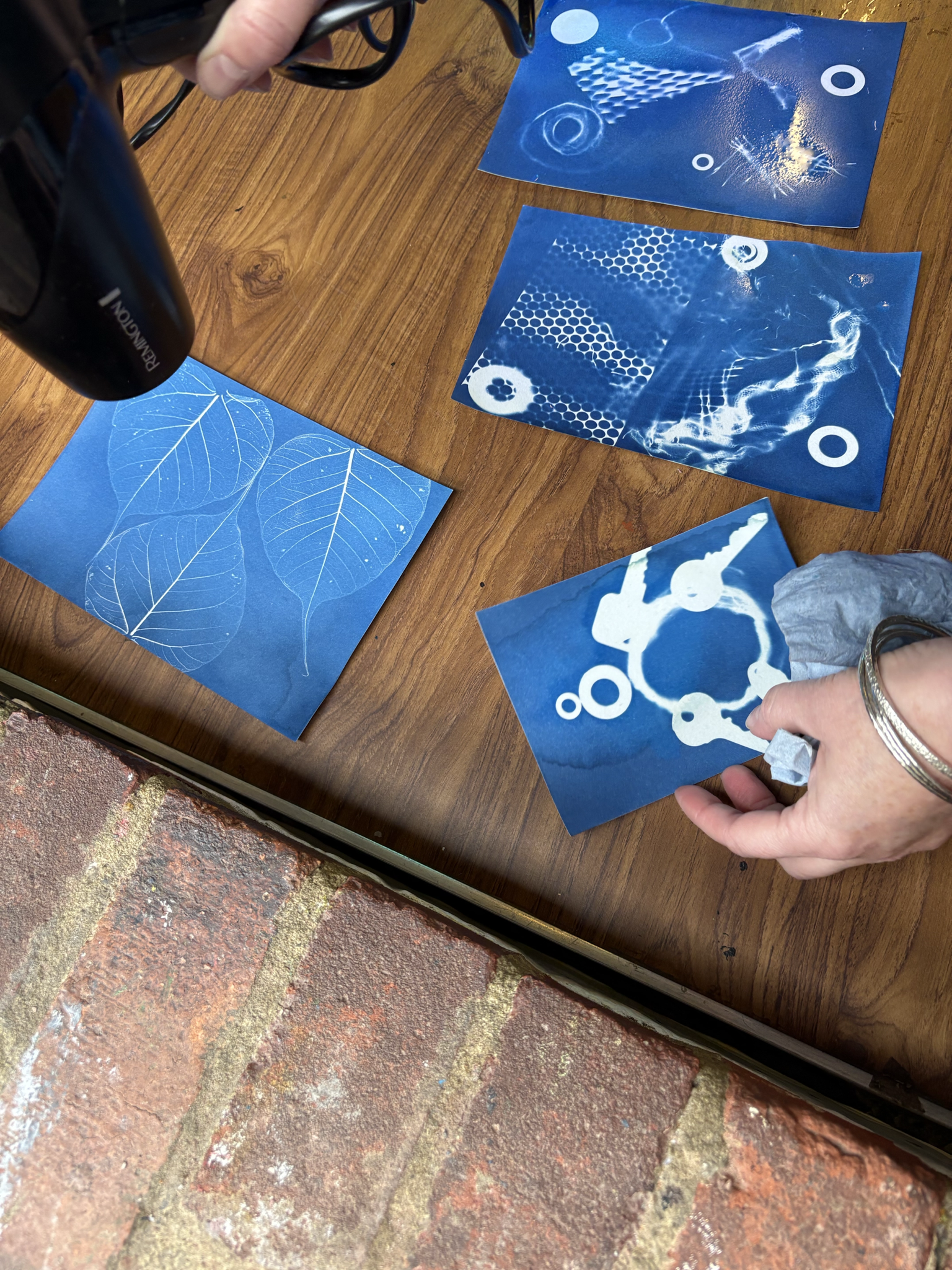


Comments
Post a Comment